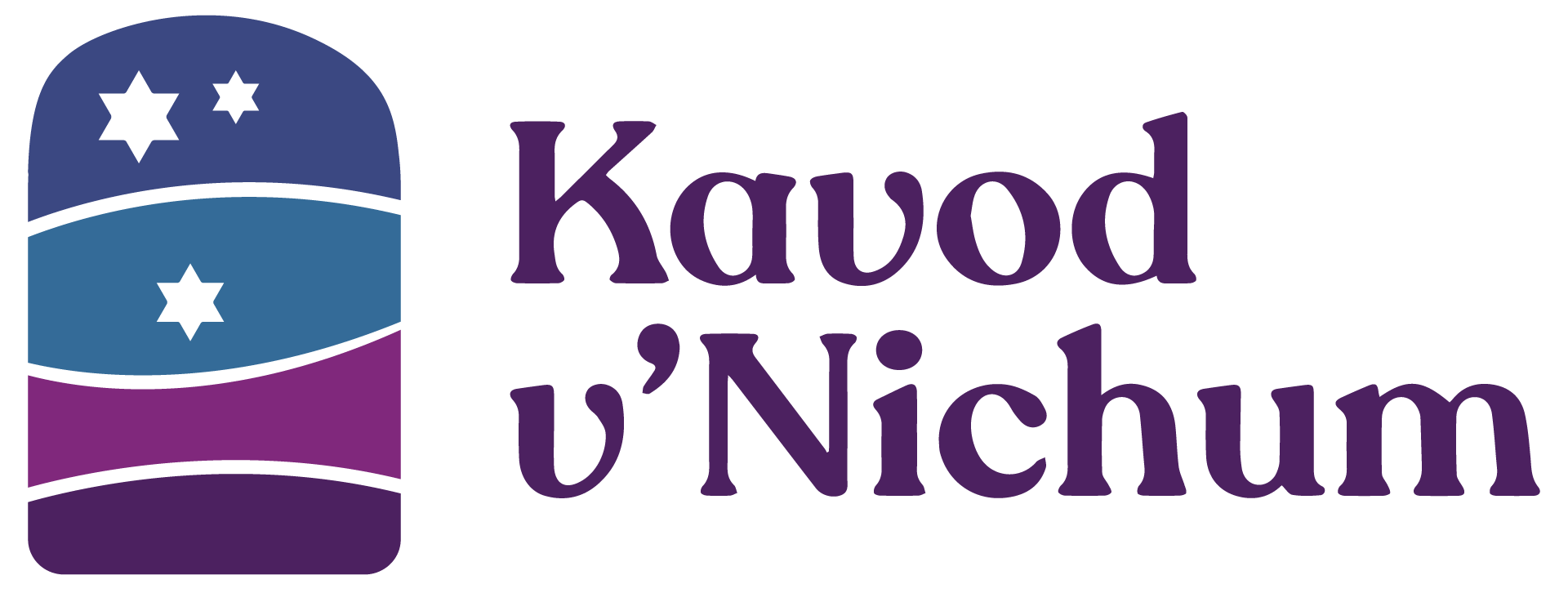By: Heidi Katz
While just a decade ago, only a smattering of end-of-life doulas were practicing throughout the United States, by 2024, thousands of trained end-of-life doulas were working nationwide. Awareness of end-of-life doulas is increasing, as evidenced by conversations across media platforms and the success of programs like Death Over Dinner, Death Cafe, and Death Over Drafts, and also a variety of engagement games designed to foster conversations about death and dying.
As an end-of-life doula and the director of a rural Chevra Kadisha, I often receive urgent calls from families suddenly faced with end-of-life decisions. They’re frequently overwhelmed, unsure where to begin, and under pressure to make quick decisions without fully understanding their options.
While end-of-life planning might seem outside the traditional scope of the Chevra Kadisha, professionals and volunteers who support end-of-life planning can alleviate stress for families during these critical moments. End-of-life doulas play a vital role in our communities, providing invaluable support for end-of-life planning, as well as guidance during and after death.
After decades of planning and community outreach by healthcare professionals and dedicated volunteer organizations, end-of-life doulas are becoming more common and widely accepted—a shift that may be influenced by our post-COVID perspective on end-of-life care.
End-of-life doulas and Chevrei Kadisha can enhance the care they offer to the dying by supporting each other’s work at key points where their roles intersect.
What is an end-of-life doula?
End-of-life doulas, also known as death doulas or midwives, assist and support individuals and their loved ones in contemplating, planning, and navigating end-of-life care. They support people diagnosed with terminal illnesses, those actively dying, and those in the early stages of grief. They work to ease decision-making pressures, help loved ones fulfill their dying loved one’s wishes, and offer emotional and bereavement support.
Doulas can offer critical guidance on questions such as preferred end-of-life rituals and how the dying person wishes to be cared for afterward, including options like engaging with a Chevra Kadisha.
How does Chevra Kadisha work relate to end-of-life doula care?
End-of-life doulas support individuals from pre-death through active dying and beyond, while Chevrei Kadisha focus on care from death to burial. Together, they complement one another by ensuring the family is supported throughout the entire end-of-life journey. A doula can guide families to Jewish practices, inform them about Chevra Kadisha services, and help bridge communication and logistics between the family and the Chevra Kadisha when death is imminent.
The roles of end-of-life doulas and the Chevra Kadisha connect in meaningful ways:
- End-of-life doulas can introduce Jewish individuals and their families to end-of-life rituals, including the support offered by the Chevra Kadisha.
- Doulas can help those nearing the end of life identify which Jewish rituals hold personal meaning, and guide them in discussing these choices with loved ones.
- Practically, doulas can work closely with the Chevra Kadisha, providing advance notice when a death is imminent and assisting families with scheduling and logistical coordination after a loved one passes.
What are some of the ways Chevrei Kadisha can collaborate with end-of-life doulas locally?
- Outreach and Education: Many are unfamiliar with Chevra Kadisha traditions and Jewish end-of-life rituals. Creating accessible resources (such as brochures and website content) and hosting workshops for doulas and other end-of-life professionals is an effective way to increase understanding and collaboration. Educating the Jewish community about these rituals can also encourage engagement and volunteerism with both and increase the often-avoided conversations around death.
- Building Relationships: Open dialogue between Chevrei Kadisha and end-of-life doulas fosters strong relationships, increasing visibility for both. By developing deeper ties, we can create a compassionate continuum that respects the needs and wishes of individuals and their families.
How can a Chevra Kadisha find end-of-life doulas in their community?
- Jewish end-of-life doulas by Shomer Collective
How can an end-of-life doula find a Chevra Kadisha?
- Chevra Kadisha Directory by Kavod v’Nichum
About Heidi Katz: Heidi recently closed her educational software company after 26 years and is now the Coordinator of Volunteers for the local Jewish Federation, teaches religious school, and serves as an end-of-life doula. She lives in rural western Massachusetts with her husband and their dog. Heidi is an educator with Kavod v’Nichum and is part of the inaugural cohort of Olam Chesed Chevra Kadisha Builders.

